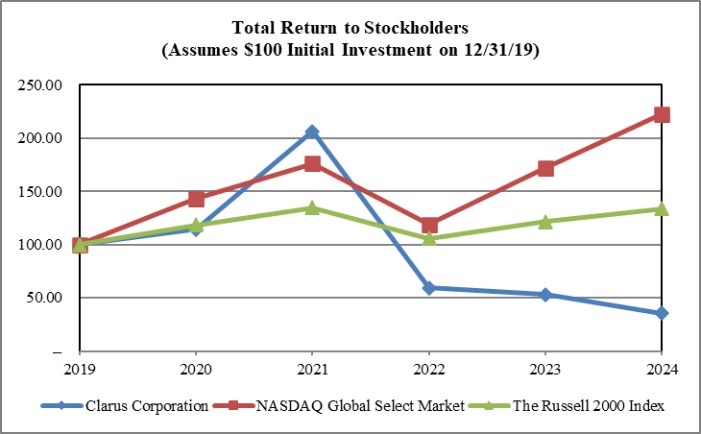within the outdoor enthusiast markets. To the extent we pursue future acquisitions, we intend to focus on enthusiast brands with recurring revenue, sustainable margins and strong cash flow generation. We anticipate financing future acquisitions prudently through a combination of cash on hand, operating cash flow, bank financings, and capital markets offerings.
Competitive Strengths
Authentic Portfolio of Iconic Enthusiast Brands. We believe that our brands are iconic among devoted, active-outdoor enthusiasts with a strong reputation for innovation, style, quality, design, safety and durability. Each of our brands is synonymous with the sport it serves, tracing its roots to the modern origins of each sport.
| ● | Since 1957, our Black Diamond brand has been a global innovator in activity-based climbing, skiing, and mountain sports equipment. |
| ● | Our Rhino-Rack brand was founded in 1992 and has become well-respected and widely recognized for outdoor enthusiasts. |
| ● | Our MAXTRAX brand was founded in 2005 and has become the market leader in recovery boards for overlanding enthusiasts. |
| ● | Our TRED brand was founded in 2012 and offers high-quality, reliable outdoor and recovery gear for the offroad, 4x4 automotive touring, camping and caravanning markets. |
Our brands also appeal to everyday customers seeking high-quality products for outdoor or urban and suburban living. Our focus on innovation, safety and style differentiates us from our competitors.
Outdoor

Black Diamond Equipment: Black Diamond Equipment is a global innovator in climbing, skiing and mountain sports equipment enabling peak performance for outdoor enthusiasts. The brand is synonymous with innovation, performance, safety and durability. Headquartered in Salt Lake City at the base of the Wasatch Mountains, Black Diamond products are created and tested locally on its alpine peaks, slopes, crags and trails. Continuously recognized as an industry-leading innovator, Black Diamond has received over 500 industry awards over five years, including over 250 product awards in 2024 alone.
Adventure

Rhino-Rack: Headquartered in Sydney, Australia, Rhino-Rack has been a widely recognized, premier aftermarket automotive roof rack and accessories brand since 1992 with a leading market position in Australia. Best known for its “north/south” platform roof rack design, Rhino-Rack’s product offering includes roof racks, luggage carriers, shade awnings, kayak carriers, bike carriers and load-securing accessories. Rhino-Rack has a long track record of launching new, innovative products with state-of-the-art engineering serving and enhancing the outdoor enthusiast’s experience whether camping, off-roading, overlanding, or getting to the worksite.

MAXTRAX: Founded in 2005, MAXTRAX is considered the creator of the vehicle recovery board. MAXTRAX has developed a product lineup consisting of high-quality vehicle recovery and extraction tracks, including its original MAXTRAX MKII recovery track. All MAXTRAX vehicle recovery tracks are manufactured in Australia using its proprietary, Australian-sourced, engineering-grade and fiber-reinforced nylon. MAXTRAX currently sells its products around the world to distributors, retailers, government agencies, third-party e-commerce sites and through its own website.
5



